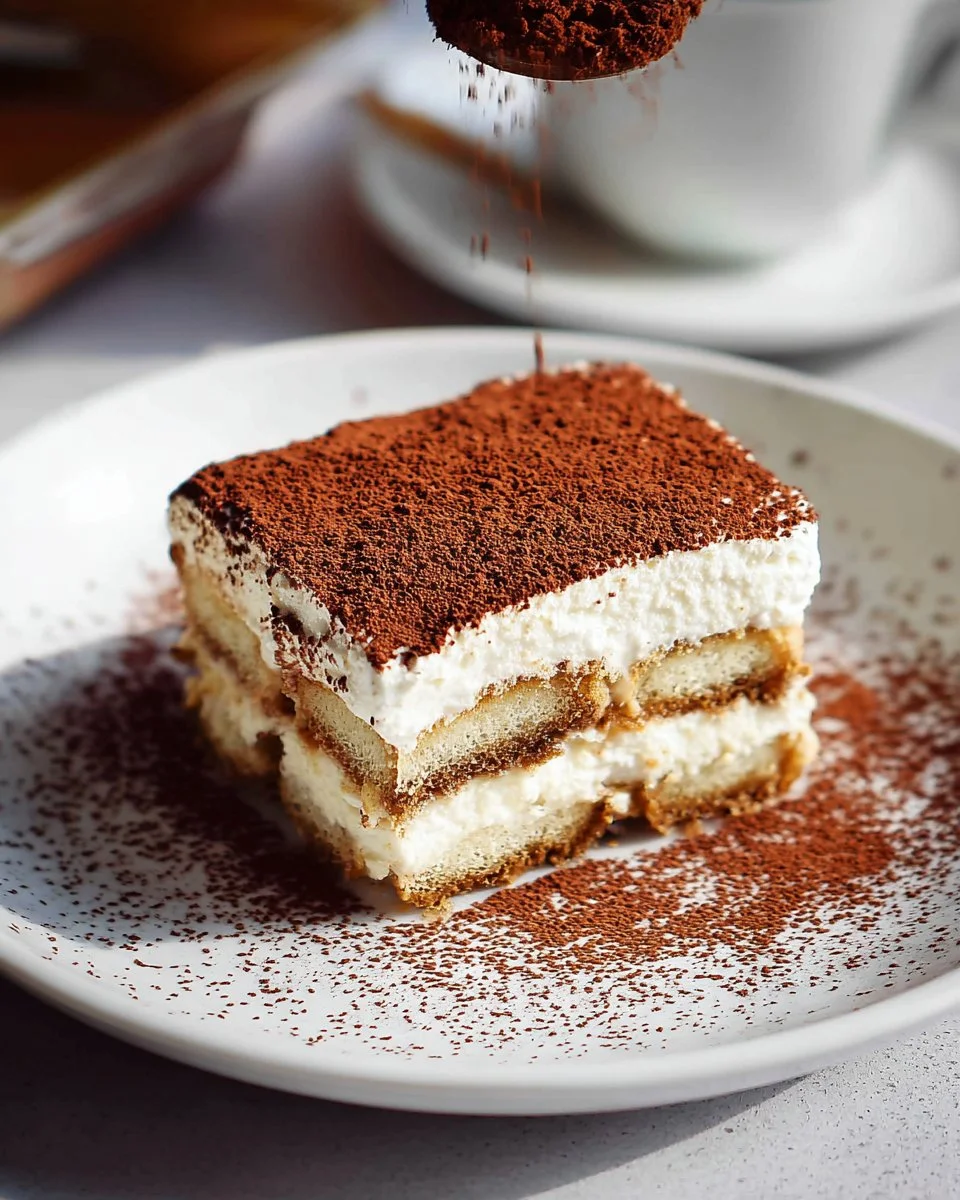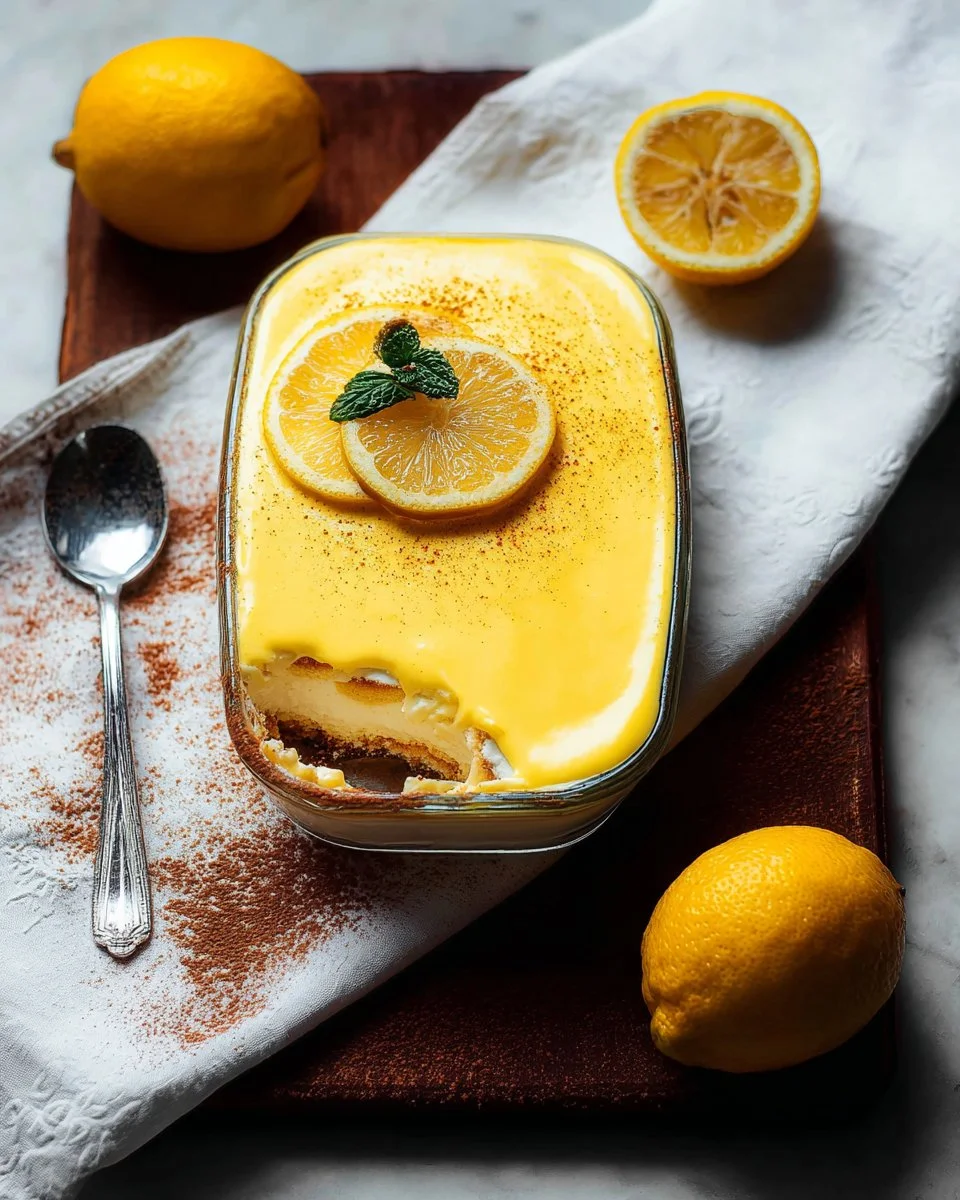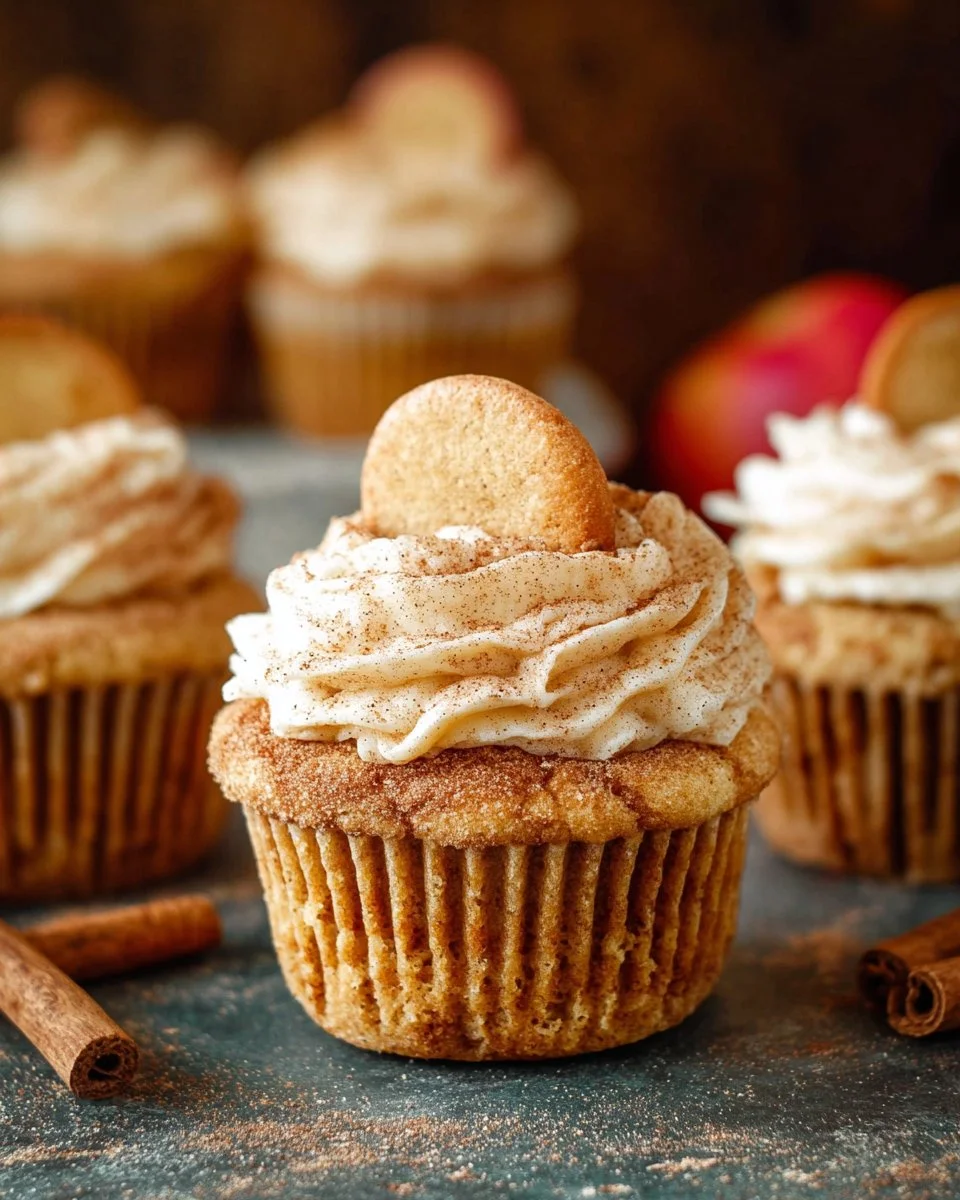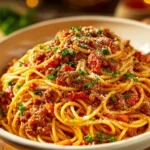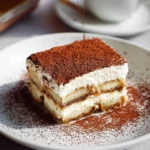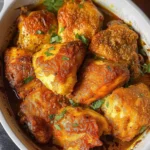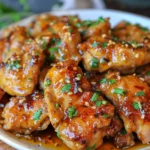I totally get it. Sometimes you need that pumpkin cheesecake recipe that just… actually works. Like, creamy, dreamy, and doesn’t have you secretly sweating that giant crack down the middle. Trust me, I’ve been there — wrestling with water baths and wobbling centers. If you want foolproof pumpkin cheesecake (especially when you’re eyeballing fall desserts for family or Thanksgiving), read on. Oh, and by the way, if bite-sized is your jam, you might love these no-bake pumpkin cheesecake balls or maybe something fruity like the apple crisp cheesecake. 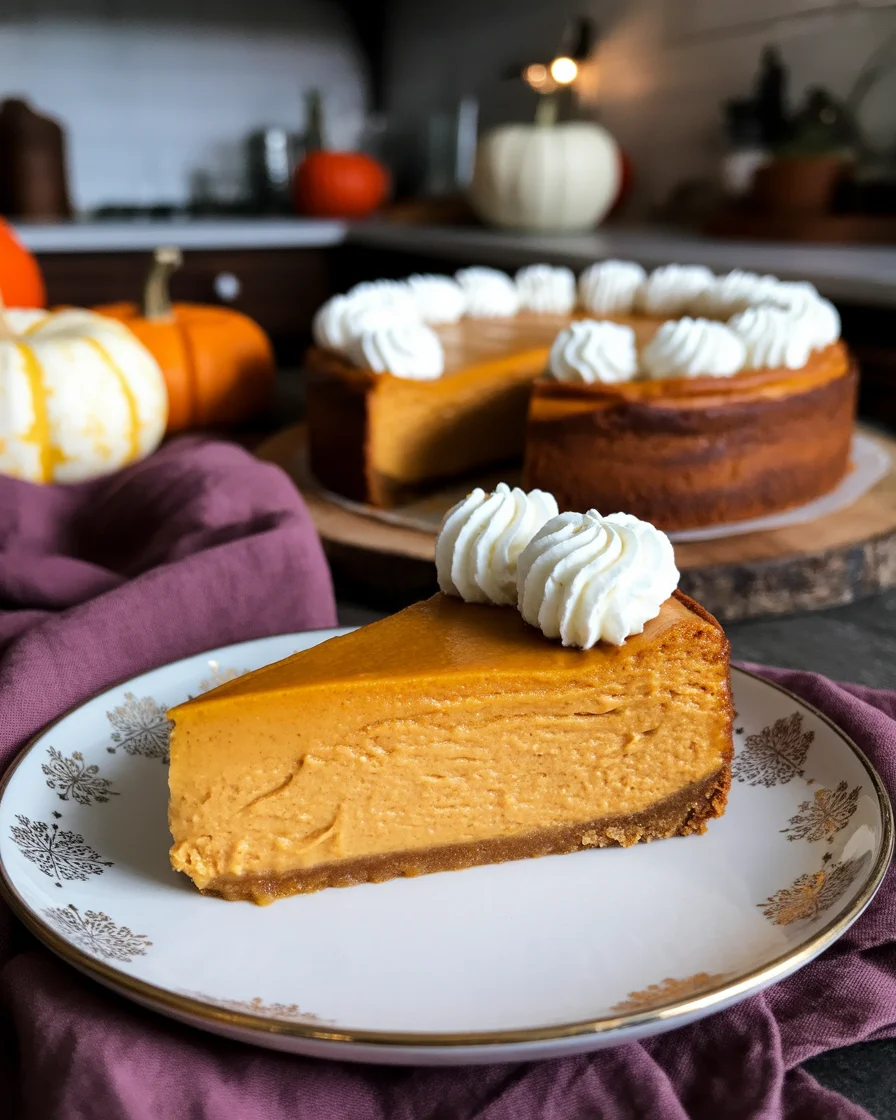
What You Need
First thing’s first, let me spill about what goes into this pumpkin cheesecake. None of those fancy ingredients you can’t pronounce (or find at your local grocery store). I use honest-to-goodness cream cheese, canned pumpkin puree, sugar, eggs, and some key spices you probably already have rattling around your spice rack. Oh, and graham crackers for the crust. Simple!
You need full-fat cream cheese—don’t do the low-fat stuff here because it changes the texture and well, flavor. Fresh eggs are always best (brown or white, doesn’t matter). Canned pumpkin makes things easy and, honestly, I find it gives a smoother texture than roasting your own. For spices, it’s classic: cinnamon, ginger, nutmeg, and a pinch of cloves. Cause hey, we want that classic pumpkin pie flavor but, you know, in a cheesecake suit.
For the crust, grab one pack of graham crackers, about ⅓ cup of melted unsalted butter, and a little sugar. Easy peasy.
A quick reminder: Let your cream cheese come to room temp or you’ll end up with lumpy filling, and that’s just… yikes.
“I never thought a homemade pumpkin cheesecake could taste like a five-star restaurant! This recipe actually wowed my entire family at Thanksgiving. No cracks, no fuss. Absolute keeper.” – Liz S.
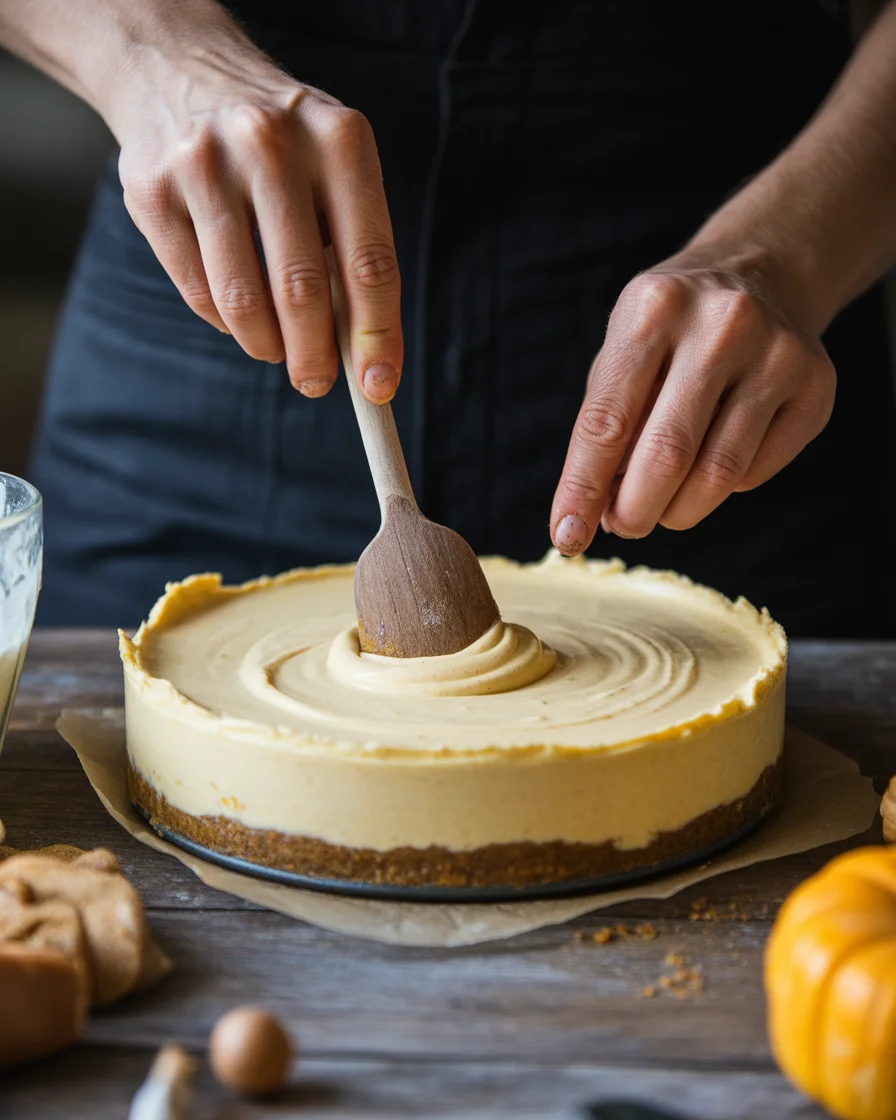
How to Make Pumpkin Cheesecake
Okay, deep breath—you got this. No need to overthink. The process isn’t complicated (even a little clumsy mixing and that’s totally fine).
First, start with the crust. Smash those graham crackers into fine crumbs. Pools of melted butter next, then sugar. Stir it all up until you see it’s sort of damp sand. Dump it into a springform pan and press it down, up the sides a tad if you feel like being “cheffy”. Pop it in the oven for ten minutes, then let it cool off.
Now, your filling. Beat the cream cheese until it’s all nice and creamy. Toss in sugar and the spices. Once that’s blended (scrape the bowl, trust me), it’s time for the pumpkin puree. Last, the eggs—one at a time, just until blended in. You don’t want to overmix here. Overmixing is the sneaky villain behind cheesecake cracks.
Pour that golden, spicy mixture into your cooled crust and smooth out the top (or don’t, rustic is charming). Bake in a moderate oven. If you’re up for it, slide in a pan of hot water on the lowest rack—keeps things steamy (less chance of cracks). Bake it till it just barely jiggles in the center. Like, it should wobble a teeny bit, not slosh.
Now, let it cool sloooooowly. Like, painfully slow. That’s part of the magic.
“I always thought cheesecakes were hard, but this pumpkin version is so chill! The step-by-step really takes away all my kitchen jitters.” – Jordan B.
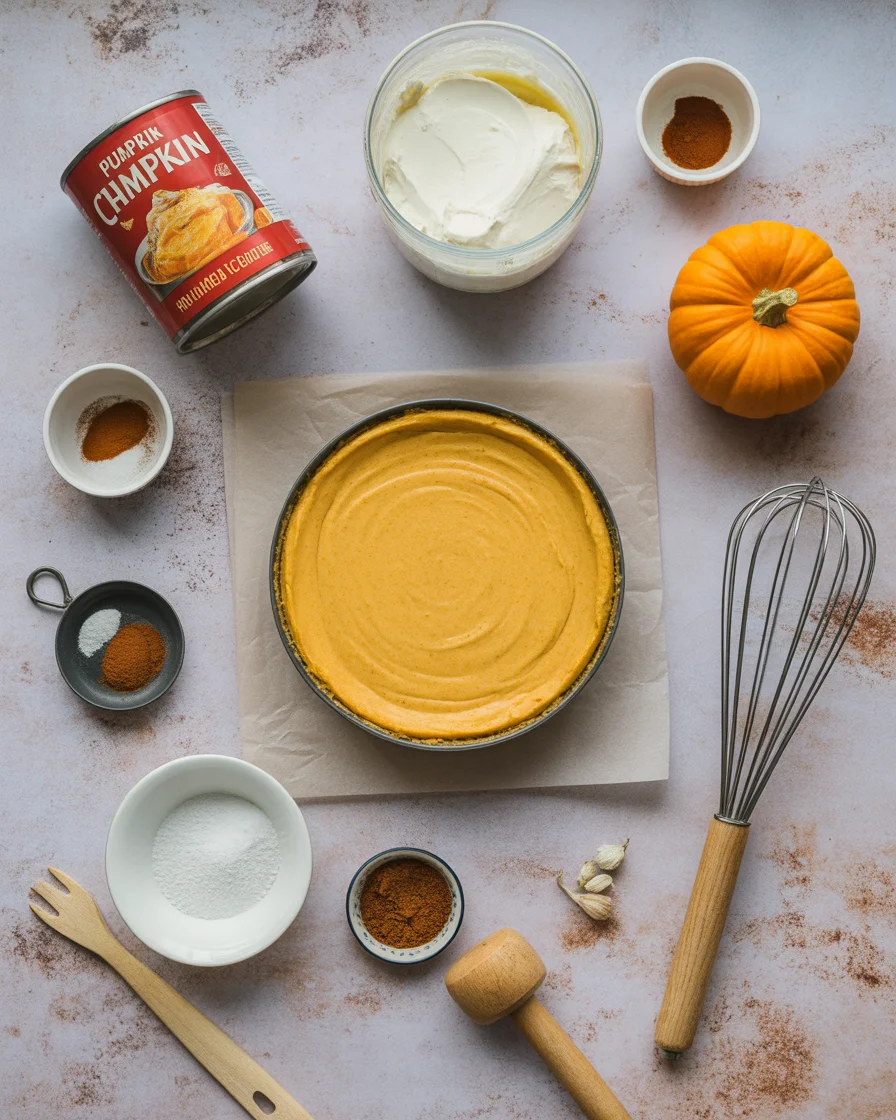
Tips for a Crack-Free Cheesecake
Let’s be real—this might be the difference between “that’s nice” and “oh my word, did you really make this?” So pay attention here.
Cracking usually comes from sudden temperature swings or overbaking. To outsmart them, always bake at a low-ish temp. That piece of advice gets me ‘best baker’ points every single year at Friendsgiving. Another thing? Avoid peeking and poking around while it bakes, tempting as it is. Sudden cold air messes with it.
If you can, go for a water pan in the oven. It’s not mandatory, but extra insurance never hurts. And then when it’s done, let the cheesecake hang out in the turned-off oven for about an hour. Don’t just yank it out into your frigid kitchen—trust. This gradual cooling, it makes a difference.
Oh, and one more little tidbit—run a butter knife gently around the edge after baking, so it doesn’t pull away and split while cooling. It’s weirdly satisfying, honestly.
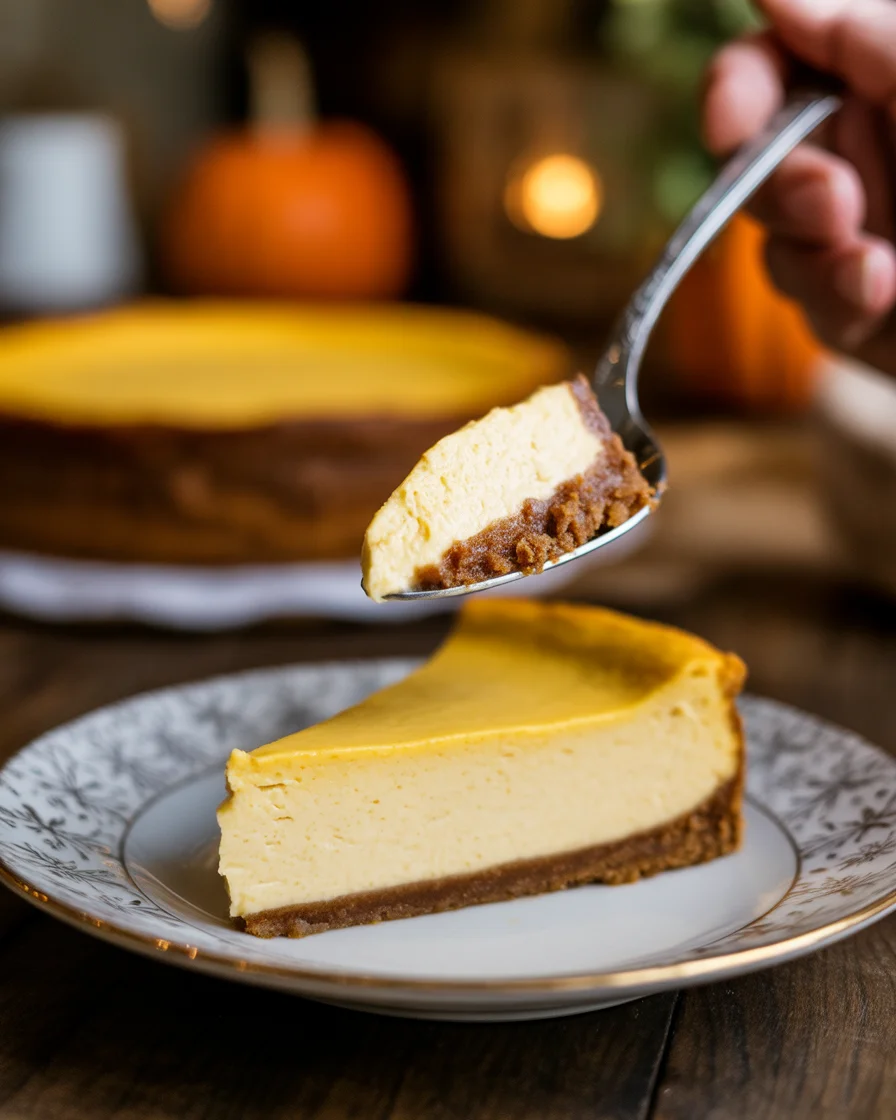
Make-Ahead and Storage Tips
If you like to get things done ahead (honestly, who doesn’t?), this pumpkin cheesecake recipe is your pal. I always make mine at least a day ahead, sometimes even two. Not only does it free up oven space the day of, but the flavors mellow together and the texture gets even richer. It’s a win-win.
Here’s what works best for me: Once the cake is completely cool, slide it (still in the pan) into the fridge overnight. Before you serve, take it out of the pan and let it sit for maybe thirty minutes, so it isn’t ice-box cold.
About leftovers: Wrap slices in plastic and tuck them in the fridge. They’ll last a good 3-4 days, but honestly, it never lasts that long here. If you’re using it for a party, I’ve had success freezing wedges—just defrost in the fridge, never on the counter, or weird things happen with texture.
Helpful Swaps
Sometimes you just don’t have all the right ingredients sitting pretty in your kitchen. Here are my favorite swaps that honestly don’t mess with the magic:
- Don’t have graham crackers? Ginger snaps make the crust wild good.
- No pumpkin spice mix? Try extra cinnamon with a teeny bit of allspice.
- Want a dairy-free pumpkin cheesecake? Use a vegan cream cheese and sub coconut cream for the heavy cream (still tastes creamy).
- Add pecans to the crust, or toss in a splash of bourbon for grown-up flavor. It’s legit.
If you love experimenting, why not pair this with an easy apple pie filling recipe for a real dessert table spread? Or maybe… okay, hear me out—the buttery garlic green beans recipe for a little savory contrast. Just sayin’.
Common Questions
How do I keep pumpkin cheesecake from cracking?
Slow, steady cooling and not overbaking are top tricks. Also, don’t forget that water pan on the bottom rack.
Is canned pumpkin okay for pumpkin cheesecake?
Honestly, yeah! It’s the easiest, smoothest option. No need to cook and mash your own unless you really want to.
How long does pumpkin cheesecake last?
Keeps in the fridge 3-4 days. You can freeze slices for up to a month if you wrap them really well.
Can I make this gluten-free?
Yep, just use gluten-free cookies or crackers for the crust. The filling is already GF.
Can I add other flavors?
Absolutely. Swirl in some caramel or chocolate. I even toss in chocolate chips sometimes—don’t judge me.
Give This Treat a Whirl—You’ll Thank Yourself
So there you have it—my best pumpkin cheesecake tips, true kitchen mishaps, zero fluff, and all the good stuff. You got this. If you’re hungry for more inspiration, here’s some gold from the folks at Sugar Spun Run, an amazing pumpkin cheesecake recipe from The Kitchn, plus a knockout version at Butternut Bakery. Trust, once you try this recipe, you’ll be making it for every fall get-together (or random Tuesday, that’s okay too). Happy cheesecake making!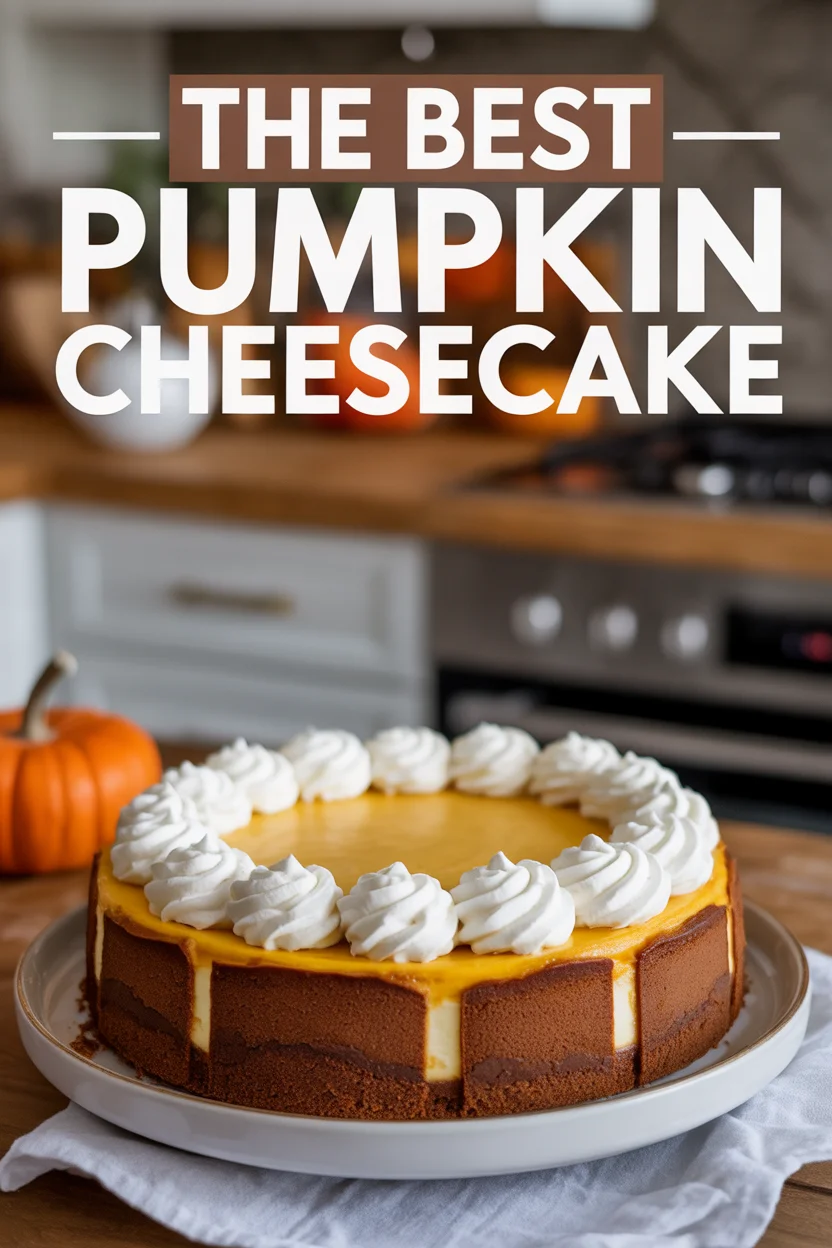
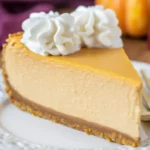
Pumpkin Cheesecake
Ingredients
For the Crust
- 1 pack Graham crackers Alternatively, use ginger snaps for a different flavor.
- ⅓ cup Unsalted butter, melted
- 2 tablespoons Sugar
For the Filling
- 24 oz Full-fat cream cheese, softened Avoid low-fat for best texture and flavor.
- 1 cup Sugar
- 1 cup Canned pumpkin puree Use canned for smoother texture.
- 3 large Eggs Add one at a time.
- 1 teaspoon Ground cinnamon
- ½ teaspoon Ground ginger
- ½ teaspoon Ground nutmeg
- ¼ teaspoon Ground cloves
Instructions
Preparation
- Preheat oven to 325°F (163°C).
- Crush the graham crackers into fine crumbs.
- Mix crumbs with melted butter and sugar until it resembles damp sand.
- Press the mixture into a springform pan, slightly up the sides.
- Bake the crust for 10 minutes and let it cool.
- In a large bowl, beat the cream cheese until creamy.
- Add sugar and spices to the cream cheese and mix well.
- Add the pumpkin puree and mix until just combined.
- Add eggs one at a time, mixing gently after each addition.
- Pour the filling into the cooled crust.
Baking
- Bake in a moderate oven until center just jiggles, approximately 60 minutes.
- For best results, place a pan of hot water on the lowest rack.
- Leave the cheesecake in the turned-off oven for 1 hour for gradual cooling.
- Run a butter knife around the edge of the cheesecake once it’s cool.
